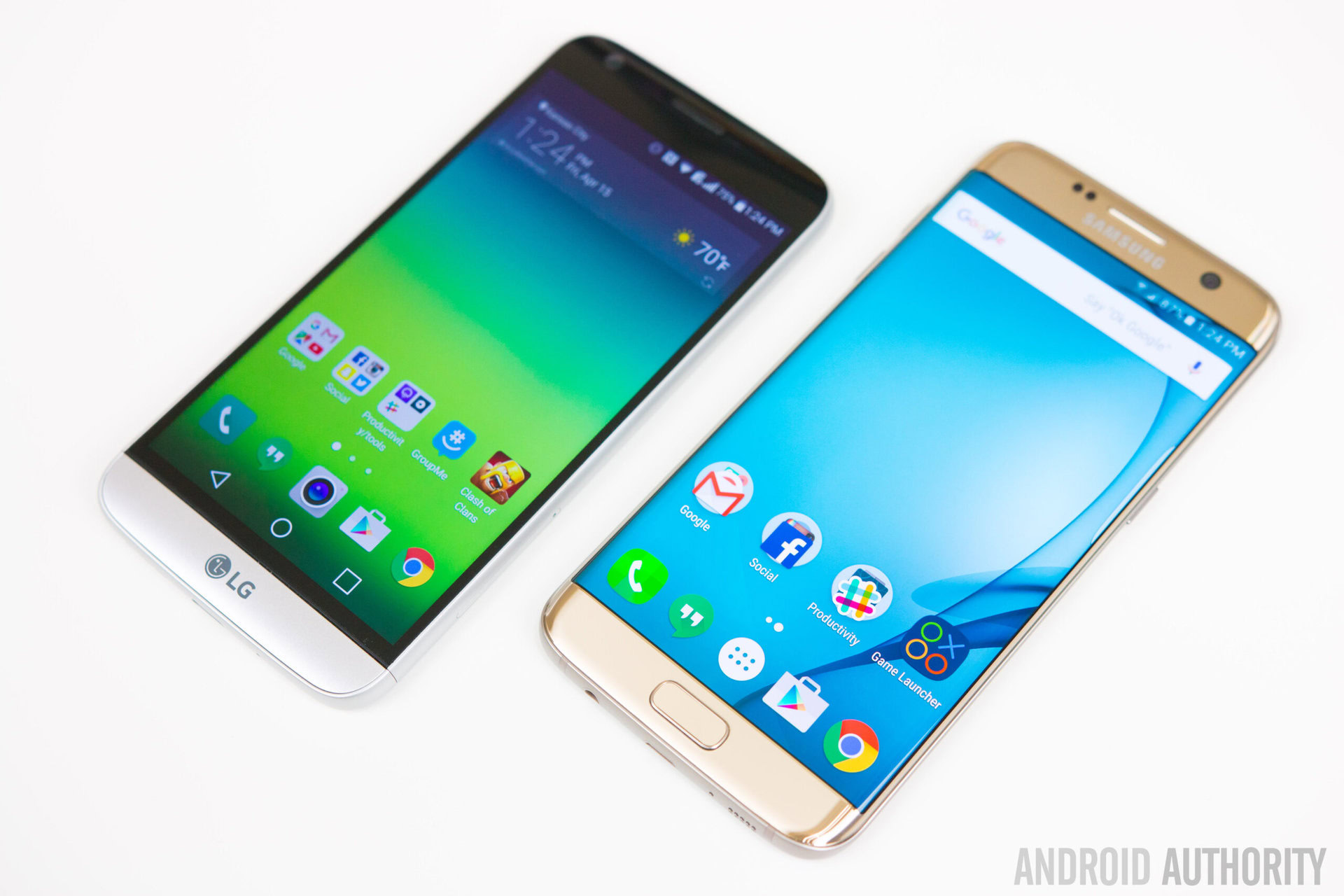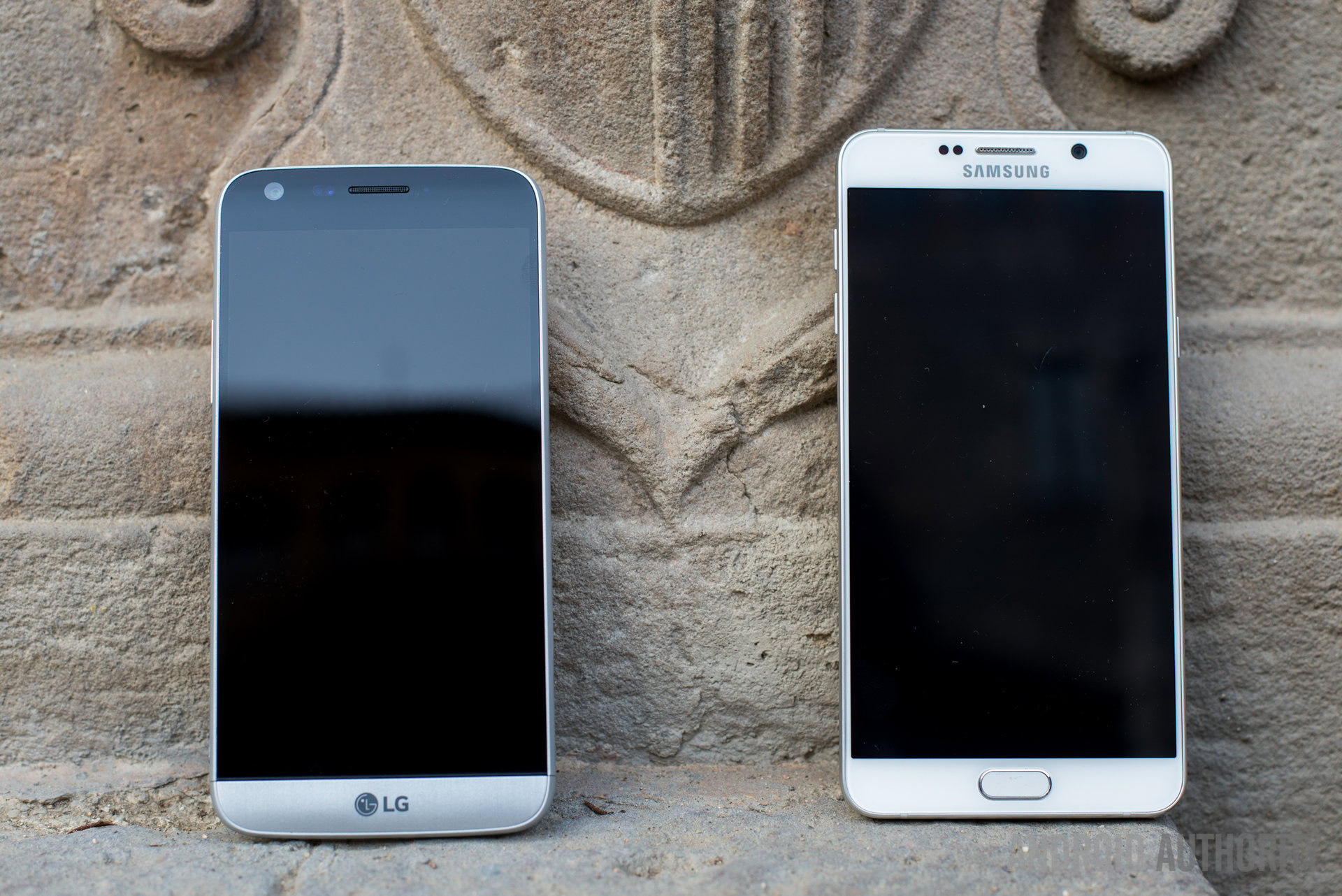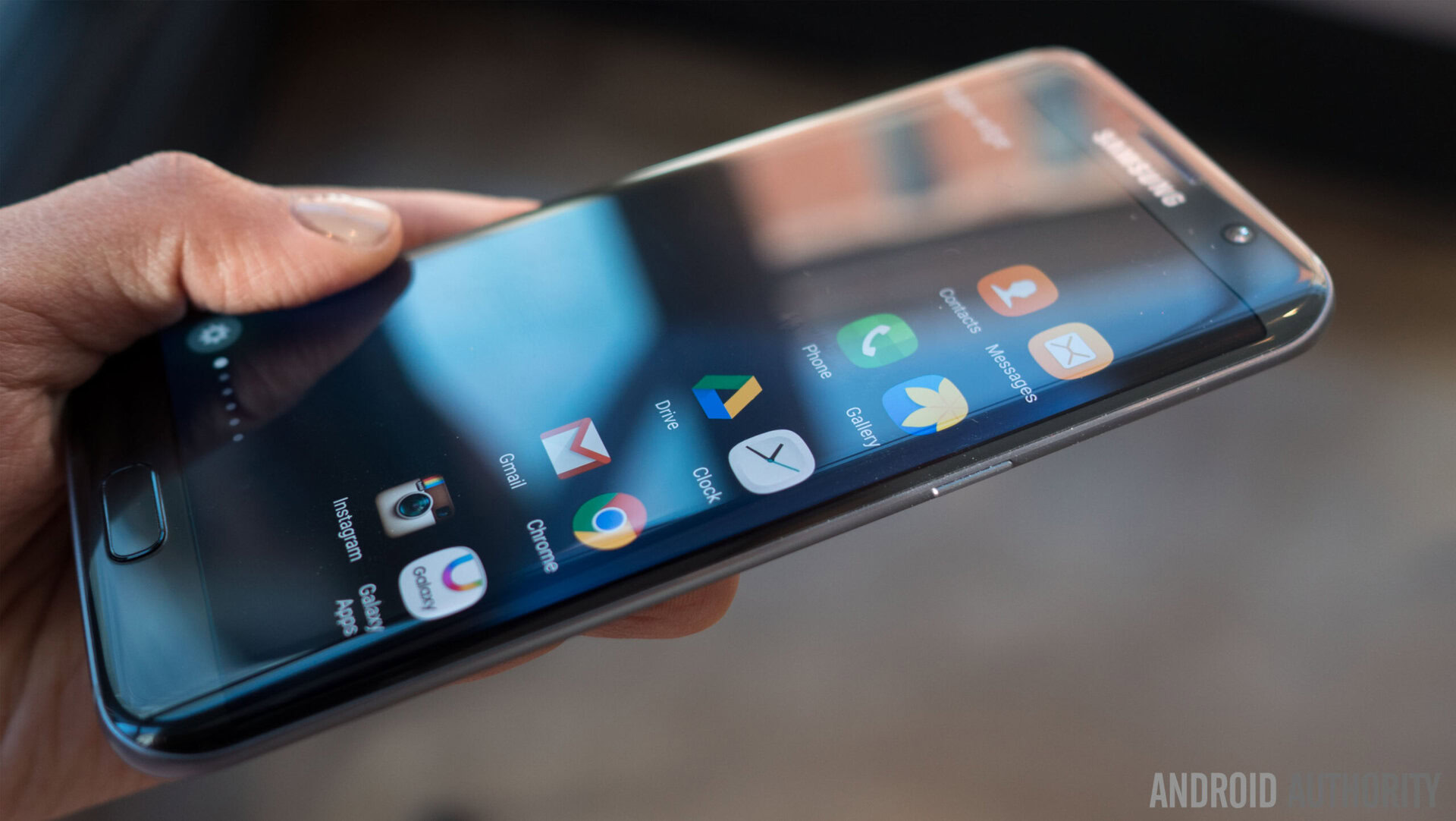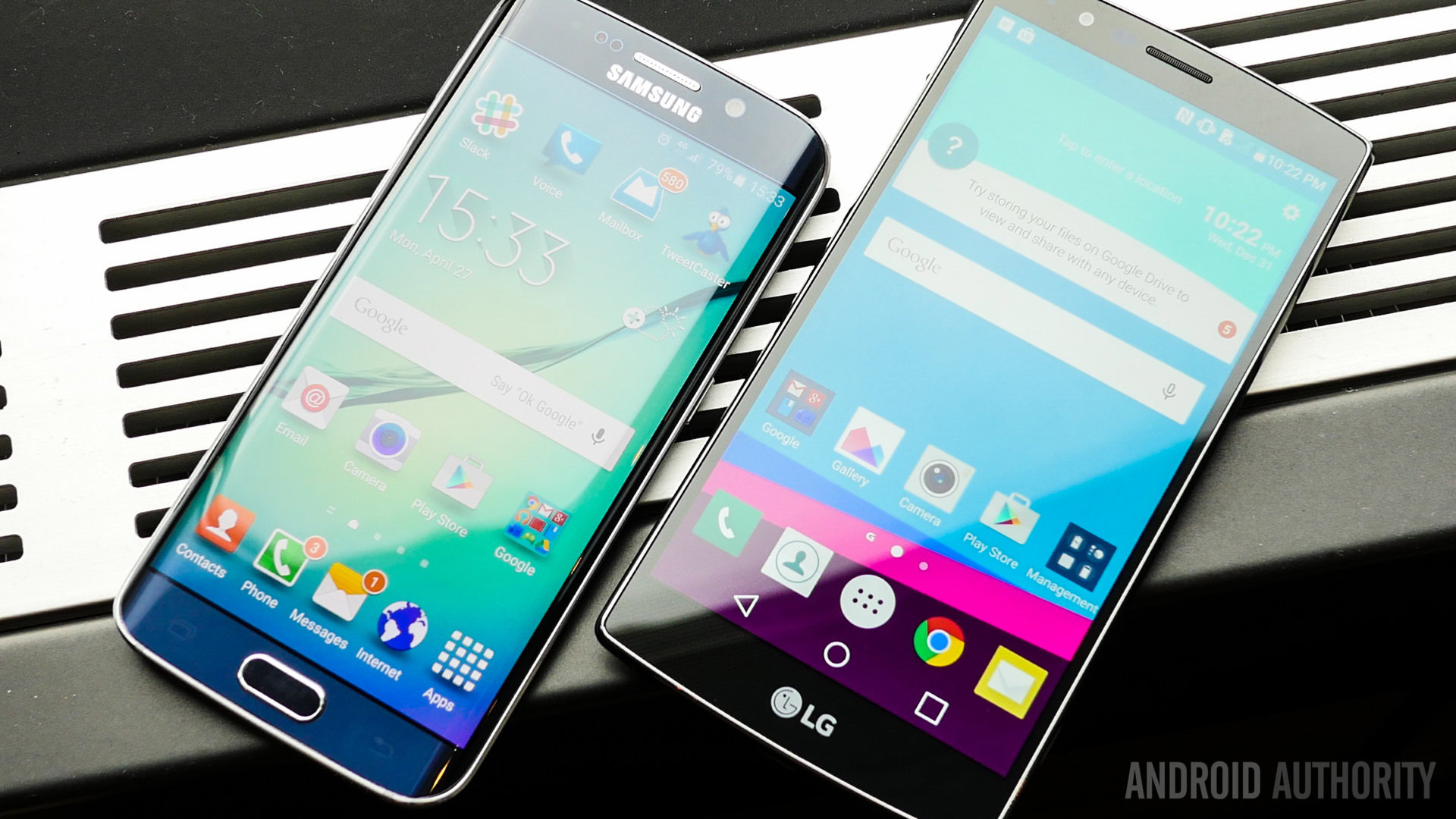Affiliate links on Android Authority may earn us a commission. Learn more.
Samsung and LG going head to head with OLED plans

Samsung has long held the crown where mobile displays are concerned, but LG is attempting to take Samsung on at its own game with an increased focus on smaller OLED panel production. At the same time, Samsung is apparently looking to expand on its large-screen OLED production in order to challenge LG in the TV space. Both companies are responding to increasing pressure from Chinese manufacturers and changes in Apple’s plans for the iPhone.

Business Korea reports that Samsung Display is planning to invest in large OLED panel production facilities in Tangjeong later this year. The initial investment is reported to be relatively low, around two to three trillion Won ($1.74-$2.61 billion), based on yield stability and the availability of financial resources. Samsung is reportedly finalizing tests on eight-generation OLED panels.

LG Display, meanwhile, is furthering its push into OLED production with its 10 trillion Won ($8.7 billion) facilities in Paju, which are being ramped up to focus on smaller OLED panels for inclusion in next year’s iPhone. LG is apparently working on increasing its stable production volumes to 60,000 sheets per month, which would allow LG Display to generate 200 million 5-inch panels per year.

LG’s other facilities are apparently also being re-equipped to focus more on OLED production than LCD. While Samsung’s eight-generation panels will be superior to LG’s current sixth-generation displays, it is unlikely Samsung will have them available at high enough volumes and with a high enough yield rate in time for the OLED iPhone.

Samsung does have the upper hand in terms of current production capabilities though, representing 95% of global mobile OLED production (the global mobile OLED market is reported to be worth $25 billion in 2016). With more and more OEMs switching to OLED panels for smartphones, and with AMOLED production costs dipping below LCD production costs for the first time recently, the future of OLED is bright.
Which display type do you prefer? When do you think we’ll see a fully flexible OLED display?